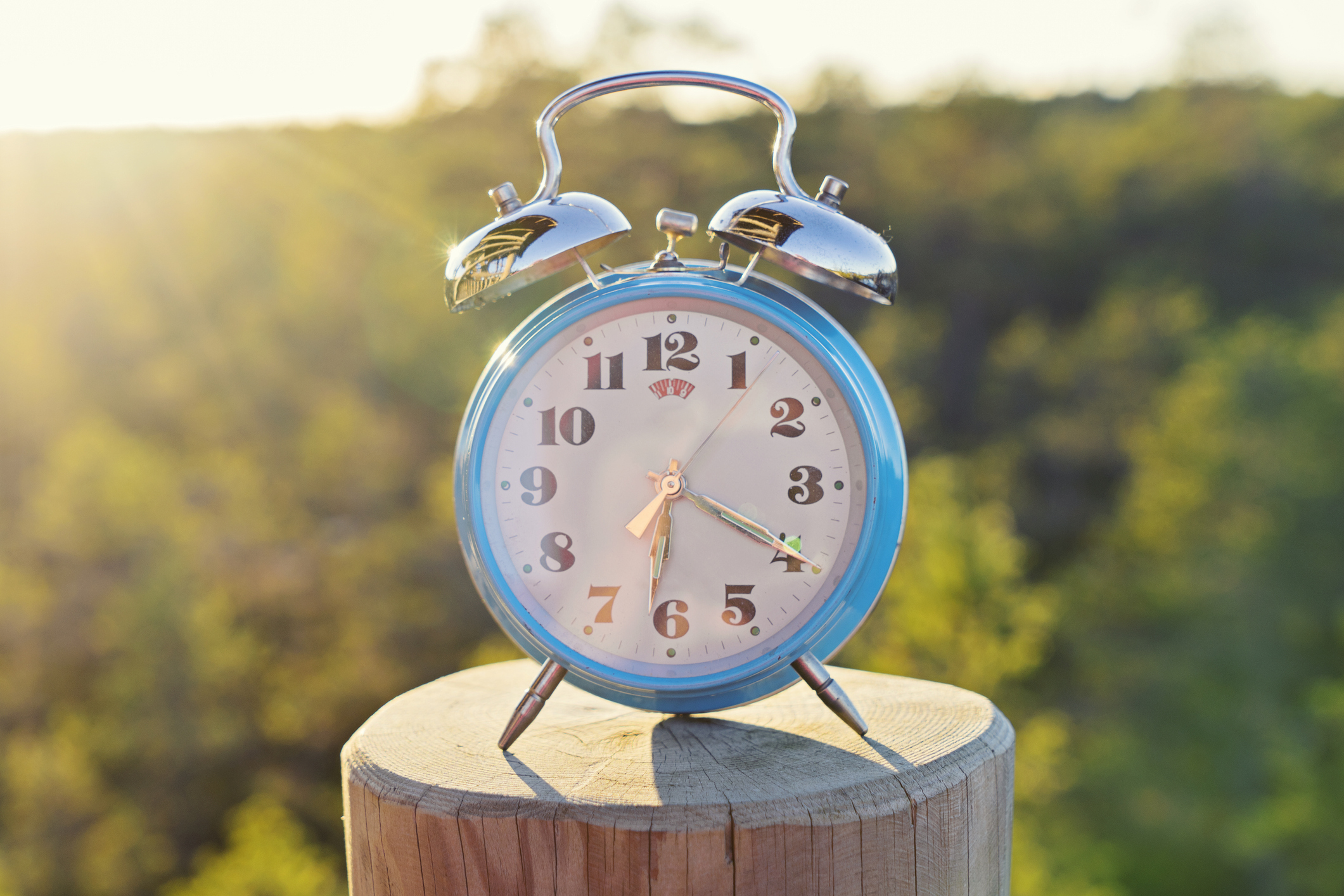Daylight Saving Time – A Quick History of Our Time Changing Ritual

Are you still wondering why we even have Daylight Saving Time? Only 40% of the world’s countries use DST and a large percentage of the United States would like to do away with it altogether. In fact, Arizona and Hawaii have opted out and seem quite satisfied with their decision. The reasons for DST appear to revolve around having more daylight and conserving energy – not having to turn your lights or heat on at 5pm does add savings. But how and why did all this start in the first place? Let’s take a look back at the history of DST to try and make sense of this annual ritual.
In the US
In the United States, DST runs from the second Sunday in March (when clocks are moved forward 1 hour) through the first Sunday in November (when clocks are turned back again). DST is synchronized across the country to ensure transportation schedules (likes buses, flights, trains, etc.) stay consistent and don’t confuse travelers moving state to state. By law, this synchronization ensures every state that participates does so on the same date at the same local time. Note however, with three time zones in the continental US, “same local time” could be three hours apart.
But why?
According to TimeandDate.com it was the two World Wars that were the real catalyst for the US to adopt DST. They explain, “In 1916, during World War I, Germany became the first country to adopt DST to save energy for the war effort. Many countries across Europe soon followed suit.” Robert Garland, an industrialist from Pittsburgh, liked what he saw during his time spent in the UK and brought the idea home with him, sparking what was first called “Fast Time” in 1918. The idea seemed to fade out fairly quickly in most of the US however, but came back strong at the height of World War II in 1942. As TimeandDate.com explains, “President Franklin D. Roosevelt reintroduced the measure, instituting year-round Daylight Saving Time in the United States. Referred to as “War Time”, DST was in force continuously from February 9, 1942 to September 30, 1945.”
From 1945 until 1966, the enforcement of DST was basically non-existent so things were a little confusing depending where you were in the United States. Uniformity was not a word to describe the situation. Though states could still choose not to participate, the Uniform Time Act of 1966 was established to add some framework to a nationwide DST plan. According to the Robert C. Byrd Center, “the Uniform Time Act marked the first effort by Congress to address the complex issue (of states using different DST criteria) which plagued several major U.S. industries and caused confusion for anyone traveling across the nation’s time zones.”
Energy Savings in the 70’s
Gas prices were soaring, there was pressure on car manufacturers to make smaller, more fuel-efficient cars, and Americans were advised to save energy in their homes by using less heat and keeping the lights off as long as possible. It was in 1973 when the next phase of DST came into being. In fact, for two years – 1974 and 1975 – in an effort to study the effects of time change on US energy consumption, the US government implemented year-long DST. As TimeandDate.com explains, this didn’t go over so well. “Following staunch opposition from the public and the realization that the measure yielded only modest energy savings, the plan was soon amended to allow for a return to standard time during the winter months.”
It Was Never About the Farmers
Many people have heard stories about DST occurring in the US to benefit farmers. A common myth is that the US government created DST as a way to give farmers more daylight to tend to their farms and livestock. As History.com explains, this was never the case.
“The agriculture industry was actually deeply opposed to the time switch when it was first implemented on March 31, 1918, as a wartime measure. The sun, not the clock, dictated farmers’ schedules, so daylight saving was very disruptive. Farmers had to wait an extra hour for dew to evaporate to harvest hay, hired hands worked less since they still left at the same time for dinner and cows weren’t ready to be milked an hour earlier to meet shipping schedules.”
The reality is that through the history of DST discussions, urban interests have been the driving force behind keeping the time shift. Retail shops and recreation-focused businesses have more to gain from extra daylight hours as people tend to shop and enjoy outdoor pursuits when the sun shines a bit longer during the day.
More Light, Less Sleep
So, while the long-time myth of DST being proposed for the benefit of American farmers is false, the effects that the abrupt change to DST has on people’s health and attitudes are very real.
- The springtime adjustment showed a 24% increased risk of heart attack on the Monday following the time change. (BMJ Journals)
- A 2016 study found that the risk for a stroke increases by 15% on the Sunday and Monday after the time change. (Science Direct)
- Car crashes increase 9% during the springtime transition. (New England Journal of Medicine)
What’s the Bottom Line?
States like Hawaii and Arizona have opted out of Daylight Saving Time, with no time changes all year long, and California recently passed legislation that could make it possible to get rid of DST in the near future. Are you pro or against DST? Tweet us at @sleepscore!